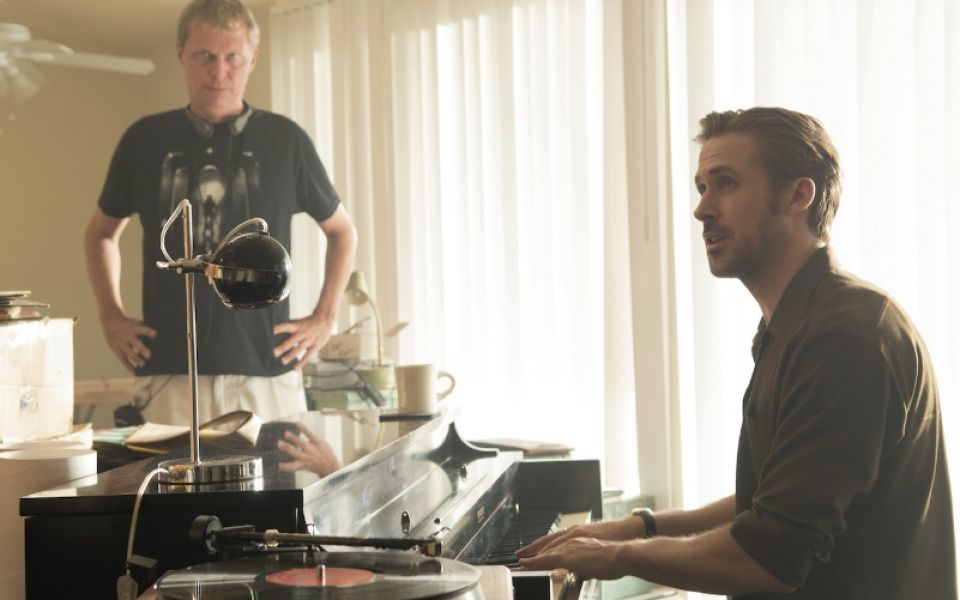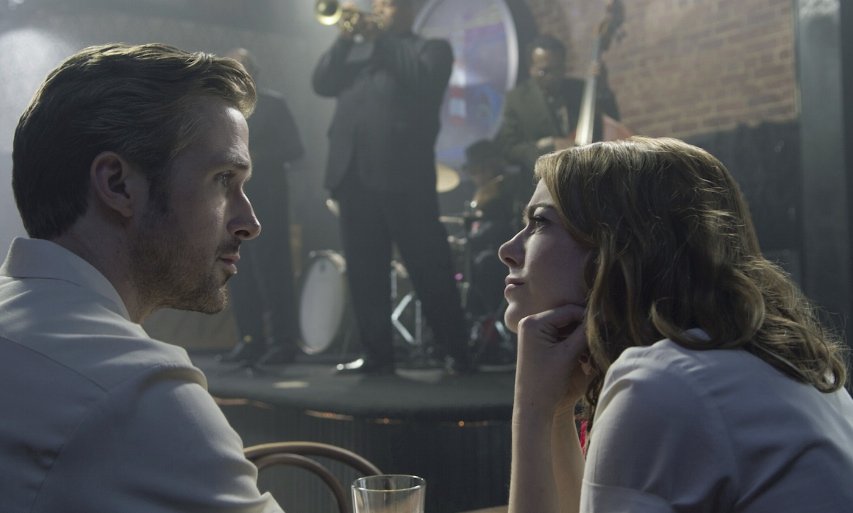Ryan Gosling and Emma Stone may take the La La Land plaudits, but Londoner Marius de Vries is the man behind the musical’s genius

It’s tough being a Hollywood actor in 2017. Gone are the days when being in films was enough to make you a star. Now, you’re expected to have political opinions, a kooky yet glamorous Instagram account and the ability to belt out song and dance numbers at the drop of a top hat.
At least, that’s how it feels after La La Land received 14 Oscar nominations. Grossing $173m at the box office worldwide at the time of print, the film follows in the wake of the critically acclaimed screen adaptation of Les Miserables, while Disney’s live action remake of Beauty and the Beast – starring a trilling Emma Watson – is yet to come. Are we on the cusp of a new Golden Age for the Hollywood musical?
Marius de Vries, musical director of La La Land, says we could be, and he should know. He was also behind the music from Baz Luhrmann’s Moulin Rouge, which kick-started the last flush of Hollywood musicals in 2001.
“For sure, with Moulin Rouge as with La La Land, it felt like a brave thing to be doing,” he tells me from his home in Los Angeles. “Neither were projects that Hollywood seemed to have much of an appetite for at the time, so they were trail-blazing in that respect. Both have had a similar response, too – that they’re musicals for people who wouldn’t normally choose to see a cinematic musical.”

Emma Stone knows that jazz Gosling is the best Gosling
A Londoner by birth, de Vries was drafted in for his expertise in “nurturing the talent”. He started out as an in-demand session keyboardist in the 1980s, working for the likes of Annie Lennox and David Bowie. Then he met long-term collaborator Nellee Hooper and produced records for Bjork and Massive Attack among others before being asked to take charge of the soundtrack for Baz Luhrmann’s Romeo + Juliet.
A position as musical director on Moulin Rouge followed and, just as he coaxed Nicole Kidman into an Oscar-nominated performance for her turn as a Parisian courtesan, he’s achieved the same feat for both stars of La La Land, turning Ryan Gosling and Emma Stone into this generation’s Fred Astaire and Ginger Rogers.
It’s a particularly impressive transformation, especially where Gosling is concerned. Stone went into rehearsal for La La Land fresh from a stint as Sally Bowles on Broadway, whereas Gosling is one half of an indie rock duo, Dead Man’s Bones, that has only had one record out in seven years.
“Ryan had a very strong innate musicality, though,” he says. “As a piano player, his skills were fairly basic when we started. He had a long journey to go on, which he took on magnificently.” His character Sebastian is an aspiring jazz musician, and the role requires a level of virtuosity. And there was nowhere to hide as director Damien Chazelle wanted to film his piano scenes in unforgiving close-up.
Gosling wasn’t willing to compromise with a hand double, and neither was Chazelle, whose 2015 film Whiplash had earned him a reputation for luring virtuosic performances out of non-musicians. So de Vries found Gosling a piano tutor and set him on a two-hours-a-day practise regime.
With time running out, de Vries says Gosling looked like a competent student, but he was concerned he’d never reach the level of skill required for the role. “‘I’ve got this’, Ryan said. And sure enough, in the last few days he switched gears and abandoned accuracy for a while, he did a ton of work on the physicality and attitude of his performances."
“One of the first scenes up in the shooting schedule was his first big piano solo, and I’ll never forget the astonished silence that settled on the room at the end of his first take. Truly a remarkable achievement. We had a hand double on standby as a safety net, but we never needed him.”
The film’s soundtrack – one part Irving Berlin to two parts Michel Legrand – is an homage to French New Wave cinema as much as Singin’ in the Rain, which is why Chazelle and de Vries encouraged the actors to give live performances for many of their more intimate numbers. But film sets, by their very nature noisy and chaotic, are notoriously difficult places to capture live music.
“In a way, [by taking it out of the studio] you’re getting rid of the technology that can make the process easier, but on the other hand, you do get this wonderful organic naturalism, which services La La Land particularly well.
“We wanted music that felt contemporary and naturalistic, rather than performed out as theatrical musicals tend to be. Which is one of the reasons the central story feels so real, even though it’s a high-fantasy romance.”
Unexpectedly, it wasn’t the live performances that caused the crew the most grief during filming, but the bigger set pieces that were rehearsed tirelessly for months beforehand. A much-talked-about example is the opening number, Another Day of Sun, where dreamers stuck in traffic escape the sweaty confines of their cars to sing and dance along the freeway.

Another Day of Sun, the opening number of the film
This was meticulously rehearsed over a period of six months in increasingly bigger studios, with every camera move pre-planned to perfection. It involved 30 dancers, 100 extras, at least 60 cars and the crew shutting down an exit ramp connecting the 110 and 105 freeways for two days. Still, the best laid schemes o’ mice an’ men…
“You know that scene where the van door opens and there’s a band playing inside? That door broke,” he laughs. “And it was really almost impossible to fix and you can’t call the AA out in the middle of a shoot on a closed-off freeway. We lost a lot of time because of that. It’s one of those accidents you can’t prepare for, no matter how hard you try.”
For all the loose doors and jazz headaches, de Vries says he’s grateful to have been able to build up some of the world’s most recognisable faces until they’re confident enough to burst into song. “Ryan in particular came to feel that my studio was a little bit of sanctuary,” he says, describing how he used to tinkle away at the piano late into the night.
“I’ll always remember one thing he said when we were shooting the breeze about what a long and arduous process pre-production was becoming. He looked at me and said, ‘Yes, but we’re trying to create magic here – that’s not easy.’ And you know, he was right.”